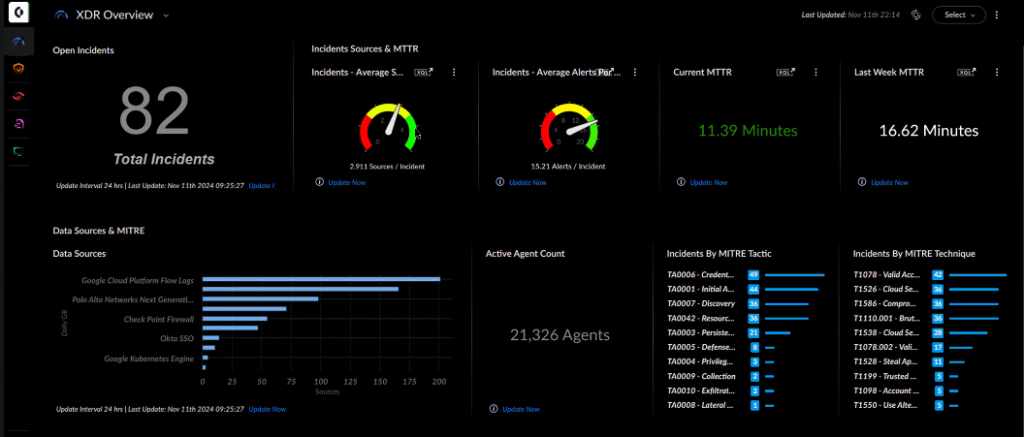Last month, I suggested that it is time to remove ourselves from Twitter. There are several ways to do this. You’ll see my process and you can make your own decisions. TL:DR is:
- I stopped posting more than a year ago, but still kept my account to protect my brand as a placeholder.
- I downloaded an archive of my tweets in multiple ways, and will tell you why this is necessary.
- I then deleted all my tweets, using the Windows software from Cyd.social.
- I also deleted the other digital effluvia of my account, including retweets, likes and follows).
Before we go down this journey, I would urge you all to read how to backup all of your social data, a blog that I wrote many years ago and have tried to keep current. If you haven’t ever done this, now is the time to create and download these archives. This should be a part of your regular backup processes of your data.
That post will direct you to a particular link where you can prepare and then download an archive of each of your accounts. For Twitter, it might take a day or two to gather it together, but Twitter will send you an email when it is ready, and then you have a few days to download it. The others have somewhat different processes and schedules. You can pick and choose various options and data types to include in your archive: for example Google has dozens of services that may or may not be meaningful to save periodically.
But, and this is important: the archive of your tweets depends on having a working Twitter account. There is a page of HTML that will bring up a summary of your archive, but the tweets and follows and so forth have to exist online. It is a somewhat half-solution. I had a small hiccup with my archive that I will get to in a moment.
A better solution is to use one of the dedicated archive/deletion tools, and as I said, I ran Cyd.social, which logs into your Twitter account and then creates a complete offline archive. The hiccup was that Cyd didn’t like the very long file name that Twitter created, so I renamed it and that passed muster. Cyd uses this archive as a starting point to seek out and delete your content history.
There are two versions, as you can see from the screenshot: the free one will archive and delete all of your tweets. The paid version (which you can purchase an annual subscription initially for $36) will also allow you to be more selective and keep some of your tweets, and also delete other aspects of your account, such as followers, likes, and DMs.

I upgraded to the premium version so I could delete everything. I liked the design of the software, which tells you in advance what it is about to do to your account. Because Twitter has put in place rate limits to prevent these mass deletion operations, Cyd has to work around them and sometimes pauses during its housekeeping to foil these limitations.
One content type you might notice is not covered by Cyd is list management. I have quite a few lists, and ideally would like to convert them to followers on LinkedIn before I delete them, but I haven’t found a tool to do that.
Another thing that I noticed browsing my archive is how few of my words of wisdom were retweeted or liked. Almost all of them had no engagement whatsoever. You would think with all the years of using Twitter and various analysis tools I would have noticed this before now. Sigh.
I came across a free analysis tool from Cleve.AI that does summarize my LinkedIn activity. You can see an excerpt from my report below, which has a nice summary of my words of wisdom, shown below. 
Best wishes and happy new year to you!



 worked as reporters and editorial managers at PC Week (which has since been unsatisfactorily renamed too). Sam takes the position that PR folks need to stick with Twitter because of historical reasons, and because that is where they can get the best results of coverage by their clients and keep track of influential press people. I claim the site is a declining influence, and so toxic to anyone’s psyche, let alone their client’s brand equity.
worked as reporters and editorial managers at PC Week (which has since been unsatisfactorily renamed too). Sam takes the position that PR folks need to stick with Twitter because of historical reasons, and because that is where they can get the best results of coverage by their clients and keep track of influential press people. I claim the site is a declining influence, and so toxic to anyone’s psyche, let alone their client’s brand equity.
 You might still be using Twitter, for all I know, and are about to witness yet another trolling of the service by turning all user blocks into mutes, which is Yet Another Reason I (continue to) steer clear of the thing. That, and its troller-in-chief. So now is a good time to review your social strategy and make sure all your content creators or social managers are up on the latest research.
You might still be using Twitter, for all I know, and are about to witness yet another trolling of the service by turning all user blocks into mutes, which is Yet Another Reason I (continue to) steer clear of the thing. That, and its troller-in-chief. So now is a good time to review your social strategy and make sure all your content creators or social managers are up on the latest research. ot to witness a real-time deepfake audio generator. It needed just a sample of a few seconds of my voice, and then I was having a conversation with a synthetic replica of myself. Eerie and creepy, to be sure.
ot to witness a real-time deepfake audio generator. It needed just a sample of a few seconds of my voice, and then I was having a conversation with a synthetic replica of myself. Eerie and creepy, to be sure.